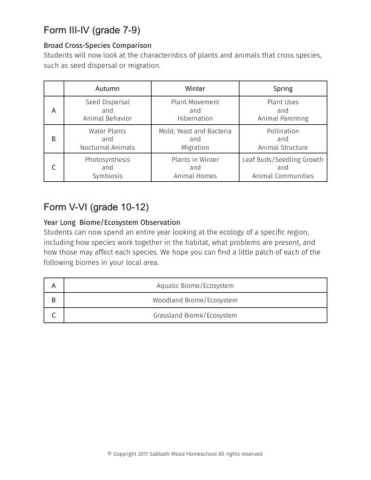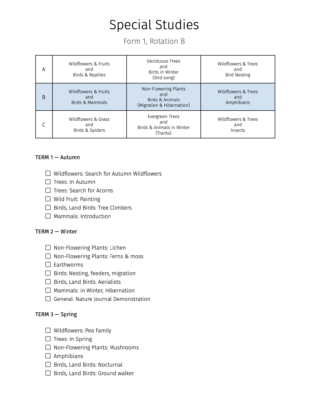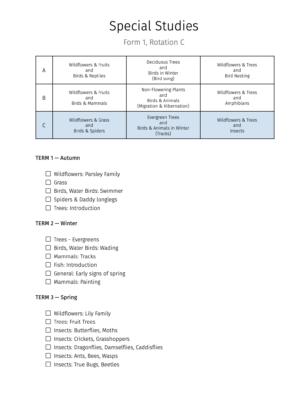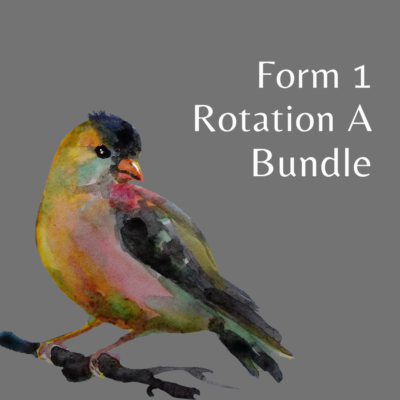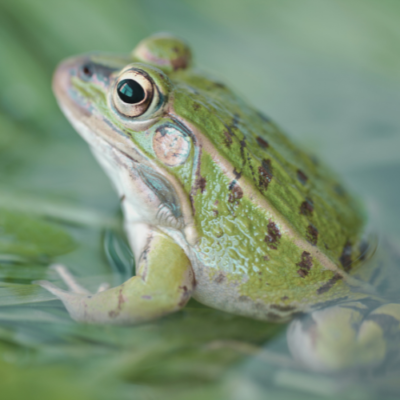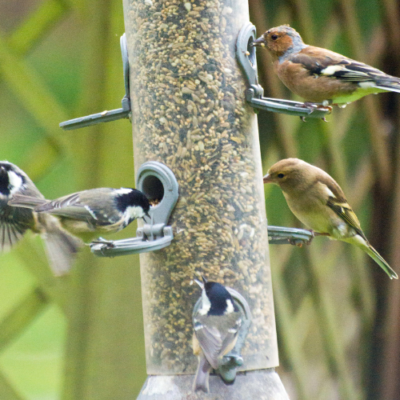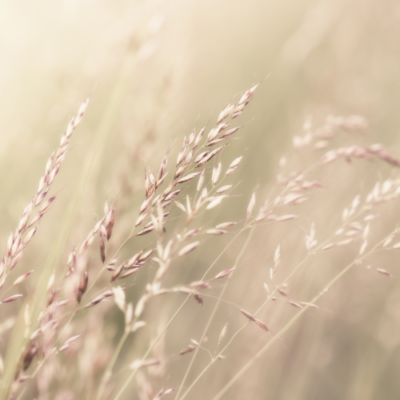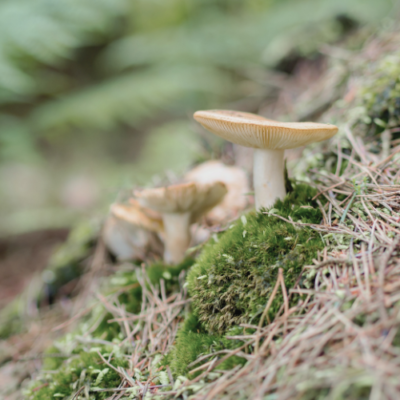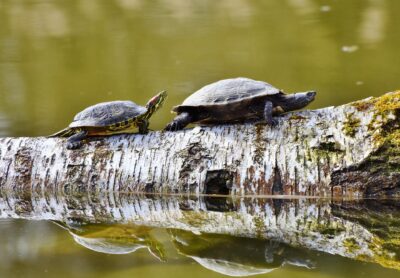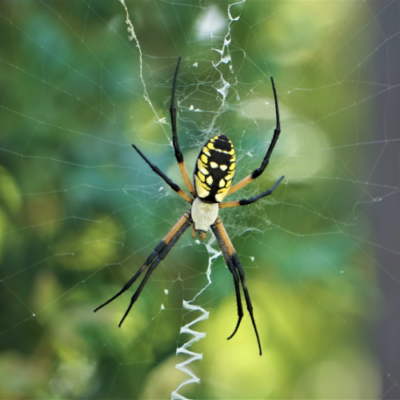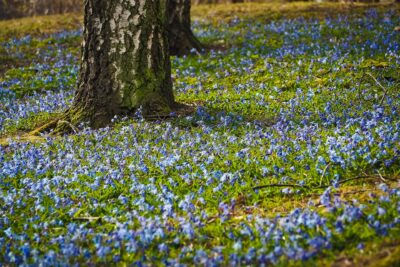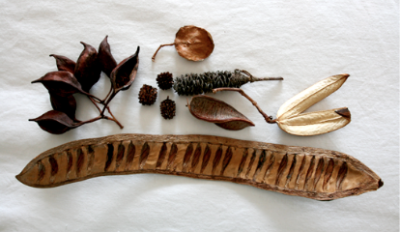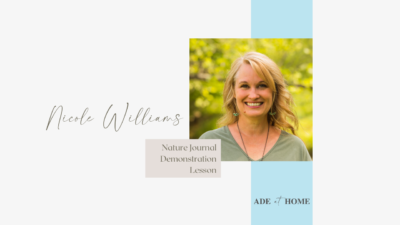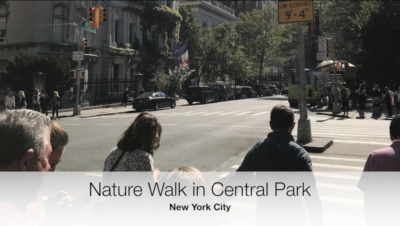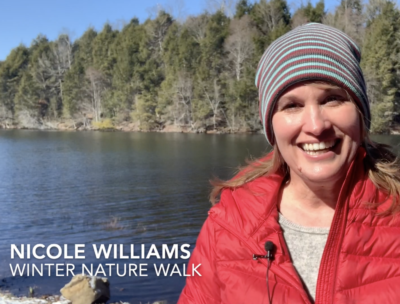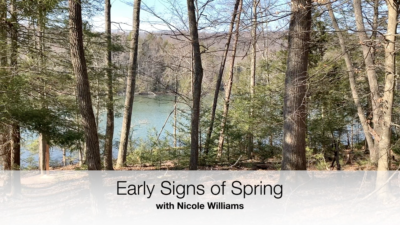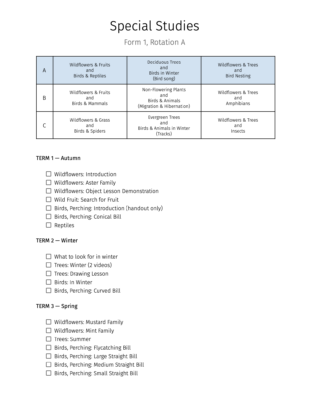
Special Studies Library
To learn what Special studies are, how to conduct them, and how they change as the students get older, read the article Nature Study: Special Studies. Only then will the resources provided below be helpful to you.
Special Study Rotation
Below is the Special Studies Rotation recommended by SMH. Feel free to print a copy of the rotation for personal use.
Special Study Videos & Handouts:
The following Special Study Curriculum has been created to familiarize you with specific plants and animals, so you can better lead your kids in nature study. To learn how they correspond to the schedule above, download the Form 1, Rotation A: Checklist. (At this time, Form 1, Rotation A is mostly complete, and I am steadily working on Form 1, Rotation B.)
Each video teaches about the subject, including:
- Its habitat and how it survives,
- When and how to find them in your area,
- Its form and particular structure (which can help with identification),
- Any subcategories within the class (which makes a hunt for them more interesting),
- How it reproduces,
- How it fits into the broader classification,
- What makes it unique from the other plants or animals in that category.
Pictures and videos of the object and its distinct features are included to help facilitate identification. And hearing the names and language of the class, you may be better prepared to use it with your students.
A handout is provided to help you conduct a Special Study on the topic with your students. It includes the following sections:
- Page numbers from the Handbook of Nature Study, in case you want to read more about the subject,
- A list of object lesson questions to ask your child once you have found an object to study (i.e., “Does it have fruiting bodies? If so, where are they about the lichen?”),
- Other activities that might be enjoyed during your term of study (i.e., “Look at samples of lichen under ultraviolet light or black light. Some lichens are fluoresced, glowing vividly under UV light.”),
- Various ways to record your findings,
- A list of nature books to enhance your child’s study, including reading levels, so you can find something appropriate for your child.
The mother cannot devote herself too much to this kind of reading, not only that she may read tit-bits to her children about matters they have come across, but that she may be able to answer their queries and direct their observation. And not only the mother, but any woman, who is likely ever [p 65] to spend an hour or two in the society of children, should make herself mistress of this sort of information; the children will adore her for knowing what they want to know, and who knows but she may give its bent for life to some young mind destined to do great things for the world. -CHARLOTTE MASON (1/64-5)


